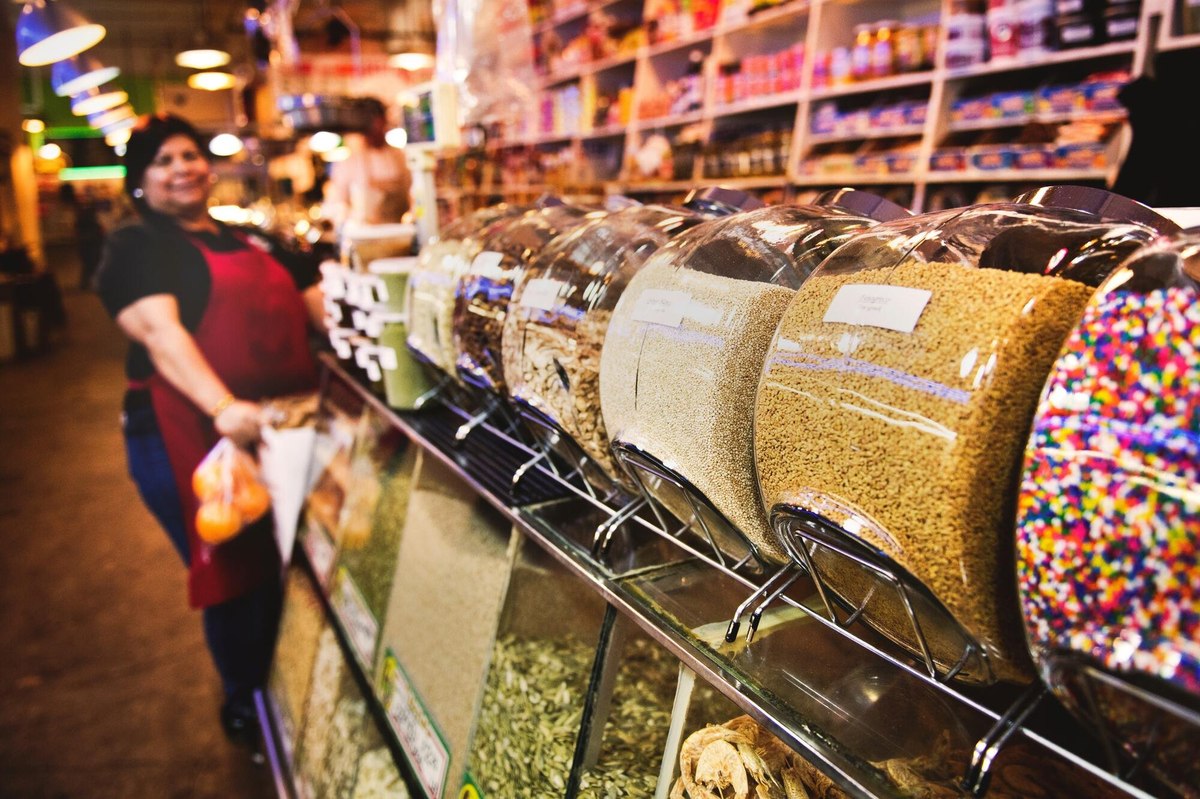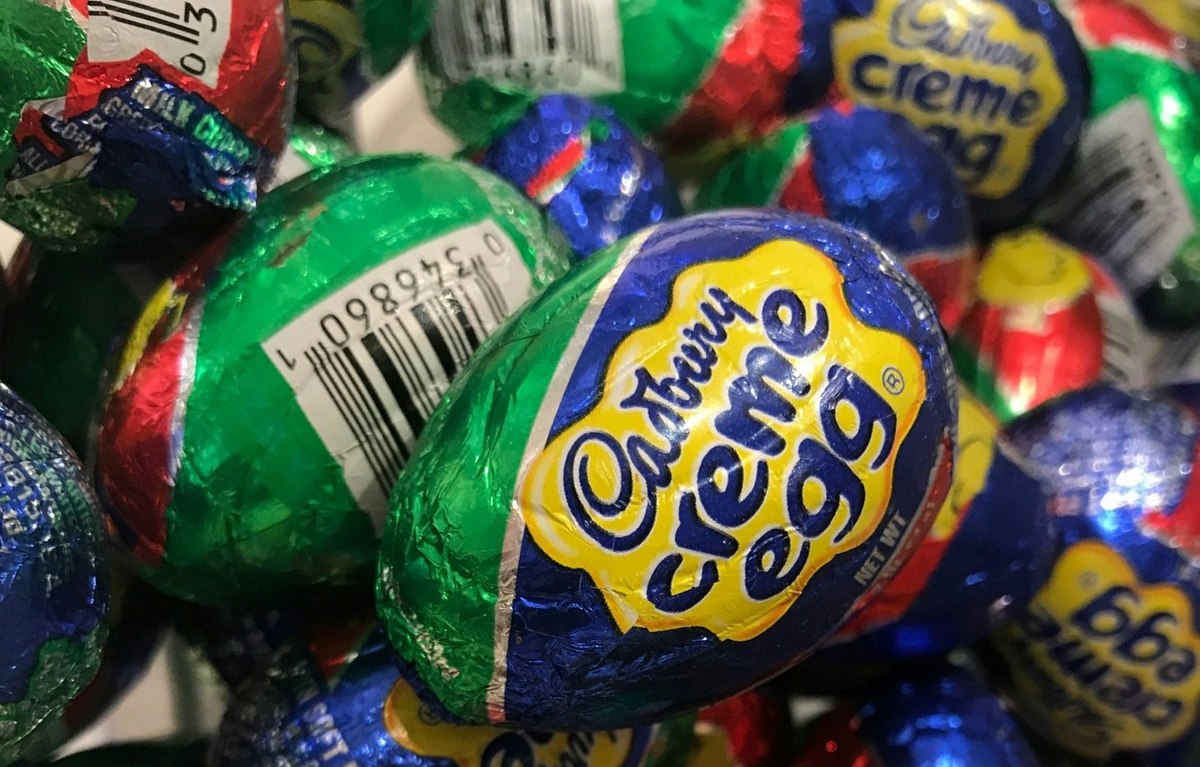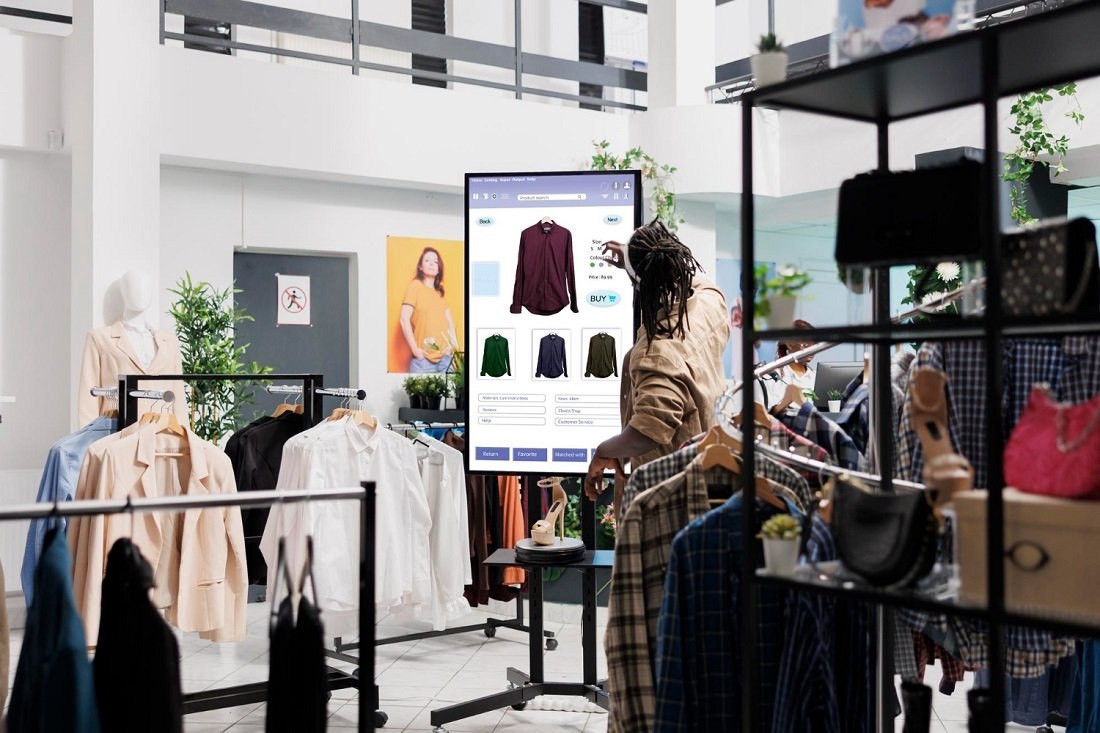
Walmart ups its game: Targeting high-income consumers with a new budget-friendly premium brand
America’s largest retailer Walmart is making waves in the grocery industry with the launch of bettergoods this fall, a new line of 300 competitively priced, premium food items. The move comes at a time when consumer preferences are shifting, particularly among high-income earners.
New YouGov data provides insights into how affluent households view grocery giants such as Walmart, Trader Joe’s, and Whole Foods and the types of food products that customers of each of these retailers prefer.
Affluent households are more likely to consider Walmart and Whole Foods in 2024
Data from YouGov BrandIndex – a daily brand tracker – reveals growing consideration for Walmart and Whole Foods among consumers in households earning over $100,000 a year. Consideration for Walmart among those households has risen from 50.6% in 2023 to 54% in 2024 so far. Whole Foods also saw an increase, with Consideration moving from 23.3% to 26.8%
Conversely, Trader Joe’s has seen a dip in Consideration among affluents, falling 3 points from 33.3% to 30.3% over the same period.
Snacking, health-conscious, and high-end choices
Against the backdrop of Walmart’s new line of goods, we looked at the shopping preferences of each retailer’s customers. When it comes to snacking, for instance, data from YouGov Profiles, an advanced audience segmentation tool, shows that most customers across the board enjoy indulging in between-meal treats. This includes more than three in five Walmart (64%), Whole Foods (64%) and Trader Joe’s (62%) customers.
There is also a strong focus on healthy choices. While many of these shoppers enjoy snacking, they are also looking for better-for-you options. This is prominent among Trader Joe’s customers, 54% of whom say they often choose diet or healthy versions of their favorite products. Whole Foods and Walmart customers are slightly less inclined to say so at 41% a piece.
The analysis also reveals an interest in premium items. Whole Foods customers (54%) are most likely to report they tend to choose premium products, followed by customers of Trader Joe’s (39%) and Walmart (31%).
Walmart's new premium product line, bettergoods, presents a strategic opportunity to capture a larger share of high-end grocery shoppers. This is especially promising given the growing interest in the brand among affluent households.
Top grocery retailers among health-conscious snackers
Consumer demand for ”healthy snacks” is impacting the grocery retail landscape, with different stores vying for a piece of the health-conscious snacking market. We looked closely at the health-conscious segment to understand which grocery retailers are most considered by those who prioritize healthy snacking.
Data from YouGov BrandIndex shows Walmart leads the pack regarding Consideration among healthy snackers. Nearly two-thirds (64%) of healthy snackers indicate they would consider purchasing from Walmart, followed by Target (41%), Costco and Aldi, tied at 33% each.
And despite being associated with healthy options, Trader Joe’s and Whole Foods Market sit lower on the list. Roughly a fifth of healthy snackers saying they would consider buying from the brands (19% and 18%, respectively.)
What types of food labels are customers most likely to seek out?
When it comes to health-conscious grocery shopping, Trader Joe's and Whole Foods customers are more likely to look for food items with specific labels. For this analysis, we tested whether Trader Joe’s/Whole Foods customers were likely to be paying attention to food labels compared to Walmart customers.
Trader Joe’s and Whole Foods customers were more likely to over-index on nearly every label on the list when compared to Walmart customers, with the biggest differences on labels such as "organic”, “fair trade/ethical” and “non-GMO”.
And while Trader Joe's and Whole Foods shoppers tend to prioritize a wider range of food labels, Walmart customers do show a preference for certain labels. Most notably, a quarter of Walmart customers seek out labels such as “no growth hormones” (26%), “sugar-free” (25%), and “low sodium” (25%).

































